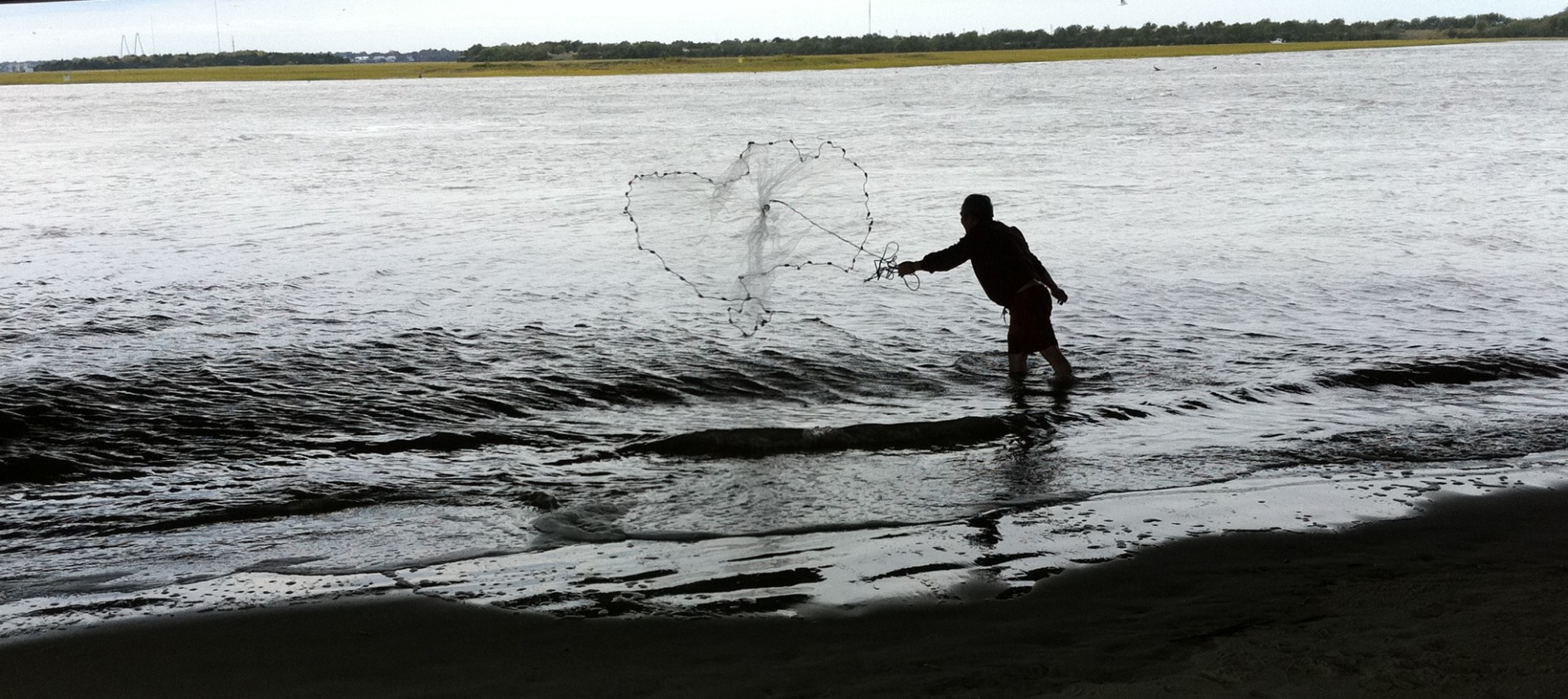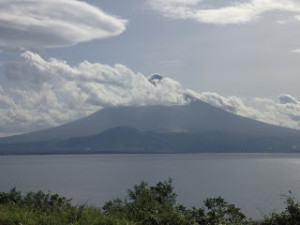Living in a “developing” country exposes one, both internally and externally, to all sorts of new experiences, challenges, limitations, and emotions. Two years ago, as I was wrapping up my undergraduate degree, I never would have guessed my future had me living in a concrete apartment with no hot water, hand-washing clothes, learning to speak two new languages, all at the foot of one of the world’s most beautiful and ACTIVE volcanoes. Certainly the idea of “resilience” comes to mind now more than ever.
View of Mt. Mayon and Tabaco City, Albay, Philippines
As part of the Peace Corps Master’s International (PCMI) program, I am both a student and a Coastal Resource Management (CRM) volunteer, pursuing my Master’s degree in Environmental Studies at the College of Charleston, while serving two years in Tabaco City, Albay in the Bicol region of the Philippines. After moving here six months ago in July 2012, the concept of resilience has changed from strictly theoretical to predominantly experiential, especially as I connect on a more personal level to various global issues occurring at the local level. Holling describes resilience as “a measure of the persistence of systems and of their ability to absorb change and disturbance and still maintain the same relationships between populations,” while stressing the “influence of random events” on these systems (1973).
Looking back, I often found myself conducting research for the sake of research, with no definite attachment to my work besides personal gain and interest. I now stand face to face with everyday problems I am trying to improve in my assigned community of Tabaco City. Standing right next to me…local fishermen, farmers, sari-sari (convenience store) owners; people who, living in a disaster prone area (volcanic eruptions and typhoon/tsunami threats), rely entirely on their environment for survival. But, as Walker and Salt point out, humans should not be placed outside our adaptive systems. They are an integral part. A short walk down my coastline will show the environmental degradation that has taken place due to anthropogenic forces. These images will remain with me as we continue to explore resilience this semester and throughout my Peace Corps service.

